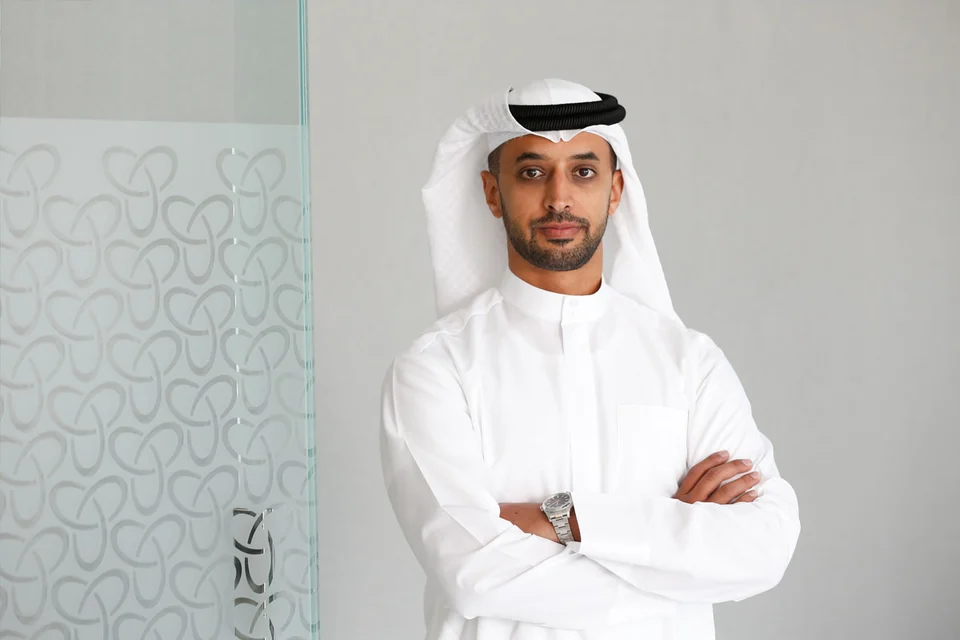
According to a report by Standard & Poor's (S&P), Saudi Arabia's average GDP growth rate is projected to reach a robust 4.0% between 2025 and 2027, compared to just 0.8% in 2024. The "Vision 2030" initiative is expected to drive non-oil sector growth in the medium term, primarily due to increased construction activity and growth in the service sector, fueled by rising consumer demand and labor force expansion.
The report indicates that female labor force participation has risen and stabilized at 36% since 2022, a significant increase compared to 17% in 1999. The tourism sector contributed approximately 4% to GDP and 9% to current account receipts in 2023 (up from 5% in 2022), showing strong growth potential due to improved visa processes and increased leisure options.
The report notes that fiscal risks from increased government and Public Investment Fund (PIF) debt issuance are being mitigated by adjustments to several large infrastructure projects. S&P anticipates that the government will maintain net assets above 40% of GDP through 2027. Furthermore, loan growth is expected to remain robust, with corporate lending driven mainly by the implementation of "Vision 2030" projects, while mortgage growth is expected to benefit from lower interest rates and a growing population, supporting residential real estate demand.
S&P also predicts that the pace of non-performing loan (NPL) formation will slow, given the decrease in interest rates. NPLs are expected to increase to around 1.7% of system loans by the end of 2025, up from 1.3% in September 2024, as large-scale write-offs are not anticipated. Credit losses are likely to reach 50 to 60 basis points over the next 12 to 24 months, supported by banks' ample provisioning buffers.
As interest rates decline, local companies' leverage is expected to increase, and private sector debt accumulation will continue, driving strong corporate loan growth. While leverage levels are expected to rise, total private sector debt as a percentage of GDP is still projected to remain below 150% in the medium term. In the long run, this could have implications for banks’ asset quality metrics. Lower interest rates and a favorable economic environment will support higher loan growth. Credit growth is expected to boost banks’ profitability, stabilizing return on assets (RoA) at 2.2-2.1%, consistent with S&P’s 2024 estimate.
S&P emphasizes that Saudi banks are well-capitalized and expects this to continue to support their creditworthiness. As of September 30, 2024, their capital adequacy ratio was 19.2%, well above the minimum capital adequacy requirement of 10.5%. Banks are highly profitable, with earnings sufficient to meet the needs of asset growth. The agency expects their dividend payout ratios to hover around an average of 50%.
Loan growth has outpaced deposit growth, forcing banks to seek alternative funding sources. In the second half of 2024, the banking system shifted to a net external debt position, close to 1% of total loans. The agency expects this accumulation of external debt to continue in the coming years and anticipates that the Saudi Arabian Monetary Authority (SAMA) will intervene if liquidity tightens. Saudi banks’ reliance on external funding will continue, mainly due to investment demands of "Vision 2030," although recent mortgage-backed securities programs may help.
The Saudi Real Estate Refinance Company (SRC) and Hassana's issuance of residential mortgage-backed securities, along with SRC's agreement with BlackRock, may help attract local and foreign capital and free up liquidity to support "Vision 2030." A trend of creating dominant "national champions" through mergers has emerged in the Saudi banking sector. While this has led to market share concentration and increased competitive pressure on smaller institutions, the overall industry dynamics remain robust in terms of broader financial stability. The trend of economic risk is considered stable, reflecting banks’ robust asset quality metrics and economic imbalances remaining at moderate levels, with inflation-adjusted real estate price growth also under control.
The trend of industry risk is also considered stable, reflecting S&P's expectation that the Saudi Arabian Monetary Authority (SAMA) will maintain close supervision of the banking system and focus on banks' risk-adjusted profitability, while their net external debt positions remain manageable, the report concludes.




















